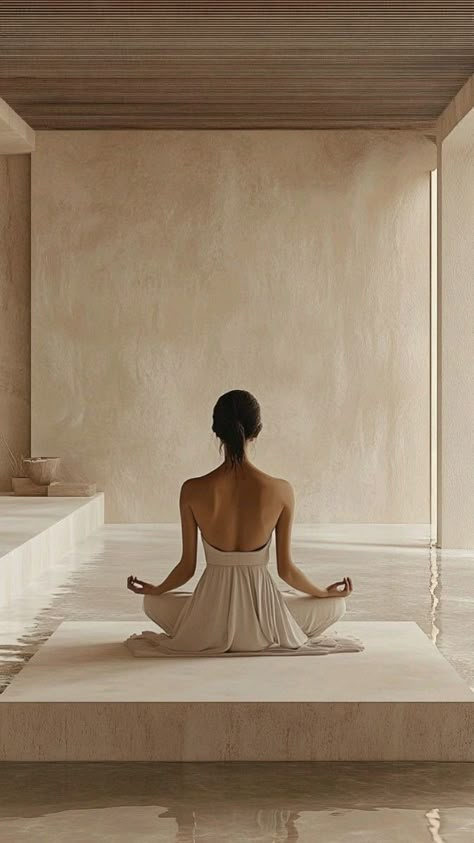
Anastasia Hisel
Rising Global Wellness Tourism Nears $1 Trillion Milestone
It begins with breath. The slow inhale under an Amalfi sunrise, a crisp exhale along the fjords of Iceland, or the rhythmic cadence of breathing baked into a Balinese sound bath. Around the world, discerning travelers are no longer journeying just for the sights or the souvenirs. Today’s voyages are crafted to heal, to renew, to recalibrate not just the body but the spirit. Wellness tourism, once a niche escape for spa-goers and yogis, is rapidly evolving into a cornerstone of high-end travel—an industry swelling with momentum, now poised to reach a breathtaking valuation of $1 trillion by the end of 2024.
This seismic shift in global travel patterns speaks not merely to indulgence but to intention. Affluent, well-traveled millennials and Gen Xers—health-conscious, experience-driven, and tech-savvy—are reshaping how wellness is defined and pursued. Spas, once confined to resort brochures, now unfold in ancient forest sanctuaries and Scandinavian thermal circuits. Wellness isn’t a retreat; it’s a lifestyle made mobile, enriched by a blend of local traditions and cutting-edge practice. In Tulum, sound healers introduce Mayan rhythms to biohackers from Stockholm. In Kyoto, temple stays pair macrobiotic meals with guided Zen silence. Across continents, the experience is always grounded in place, yet globally interconnected in its mission: to elevate health from a habit to an art form.
The Global Wellness Institute reports a remarkable annual growth rate of over 15 percent in wellness tourism—a figure that surpasses the overall tourism industry’s growth by more than double. But beyond numbers, what’s truly compelling is what this evolution reveals about cultural priorities. No longer satisfied by itineraries built around attraction checklists, travelers now seek a more dimensional kind of engagement. “Consumers today are motivated by a pursuit of vitality—long-term energy, clarity, and balance," says Yuki Tanaka, a Tokyo-based wellness strategist. “They’re choosing destinations that facilitate that transformation.” It marks a rising confluence of medical insights, artisanal tradition, digital tailoring, and environmental consciousness, merging to form journeys that seduce not through extravagance but through depth.
At the heart of this movement is an insistence on quality—of food, of sleep, of connection. Properties that once marketed spa access as an amenity now design entire programs rooted in circadian rhythms, gut microbiome science, and forest-based neurotherapy. A week at resorts such as Six Senses Douro Valley or SHA Wellness Clinic becomes more than a luxury getaway; it becomes a recalibration of lifestyle itself. Guests undergo metabolic analyses to personalize their excursions—whether silent hikes through biodiverse terrains or infrared detox sessions designed to rewire cellular response. Nutrition is no longer cuisine but intervention, overseen by on-site functional medicine practitioners and award-winning chefs collaborating on culinary protocols that satiate as they heal.
These curated journeys often draw from ancient healing traditions, yet interpret them through modern sensibilities. Ayurveda, for instance, is no longer relegated to the treatment menu at a Goan retreat. Instead, it is thoughtfully reimagined within architectural spaces that mirror its elemental philosophy—air, fire, water, earth, space—giving shape to therapies that unfold like a guided narrative of one’s inner alignment. Meanwhile, the Scandinavian tradition of saunas and cold plunges finds new life through clinical-grade cryotherapy, prompting conversations that connect to longevity and cellular resilience. With the expert involvement of cardiologists, psychologists, and breathwork pioneers, each guest becomes both traveler and research subject, partaking in practices informed by the emerging fields of neurogastronomy, chronobiology, and epigenetics.
Cultural integration plays an essential role in grounding these experiences. In Morocco, wellness travelers are invited beyond the hammam for guided explorations into Berber healing rituals, where herbal pharmacology and storytelling intermingle. In remote corners of Patagonia, indigenous Mapuche communities collaborate with eco-lodges to share plant-based medicinals traditionally used for endurance and vitality. It’s tourism at its most intimate—avoiding voyeurism and instead fostering exchange. Perhaps no element highlights the shift better than the recalibration of luxury itself. Where once plush interiors and five-star menus defined indulgence, wellness travel redefines it through space, pace, and intention—offering the luxury of time, silence, personalized care, and the rare opportunity to feel one’s own senses sharpen in unfamiliar terrain.
What speaks most to this trend’s longevity is not the extravagant facilities or the viral-worthy aesthetics, but the return. Repeat visits, extended stays, referrals passed from friend to friend like sacred scripts. For a generation burdened by burnout and hungry for depth, wellness travel is no longer optional. It is emerging as a vital part of how vitality is maintained and optimized. This isn’t about escape, but tuning in—each destination a rhythm, each program a momentum toward longevity. As the industry prepares to cross the $1 trillion threshold, it’s not just intervening in the way we travel. It’s quietly, powerfully, changing the way we live.


